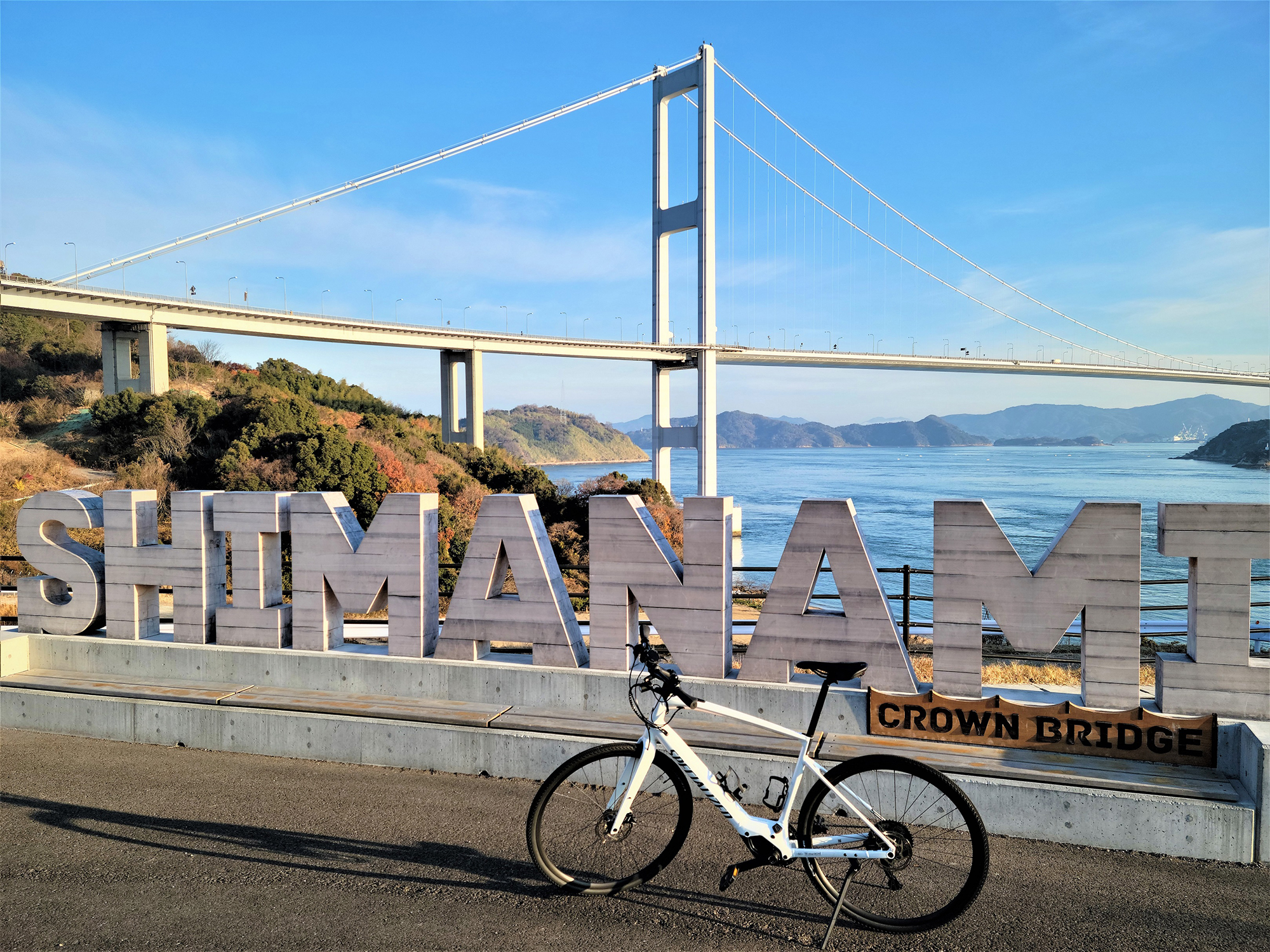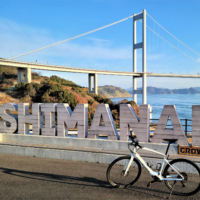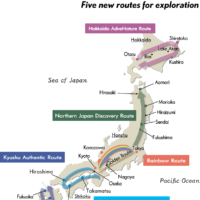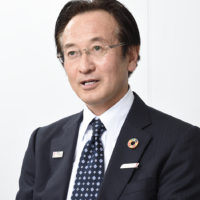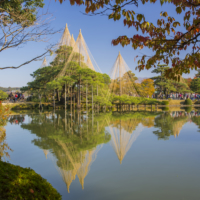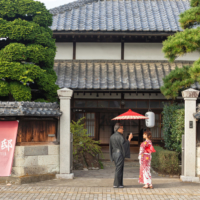Sunrise Tours, Japan’s first operator of package tours for international visitors, is celebrating its 60th anniversary this year.
To commemorate this milestone and the end of the COVID-19 pandemic, Sunrise, a unit of JTB Global Marketing & Travel Inc., is promoting travel packages along five new routes: the Rainbow Route to Tokyo, Kanazawa and Kyoto; the Setouchi Scenic View Route across western Honshu and Shikoku, the Kyushu Authentic Route, the Northern Japan Discovery Route, and the Hokkaido AdveNature Route.
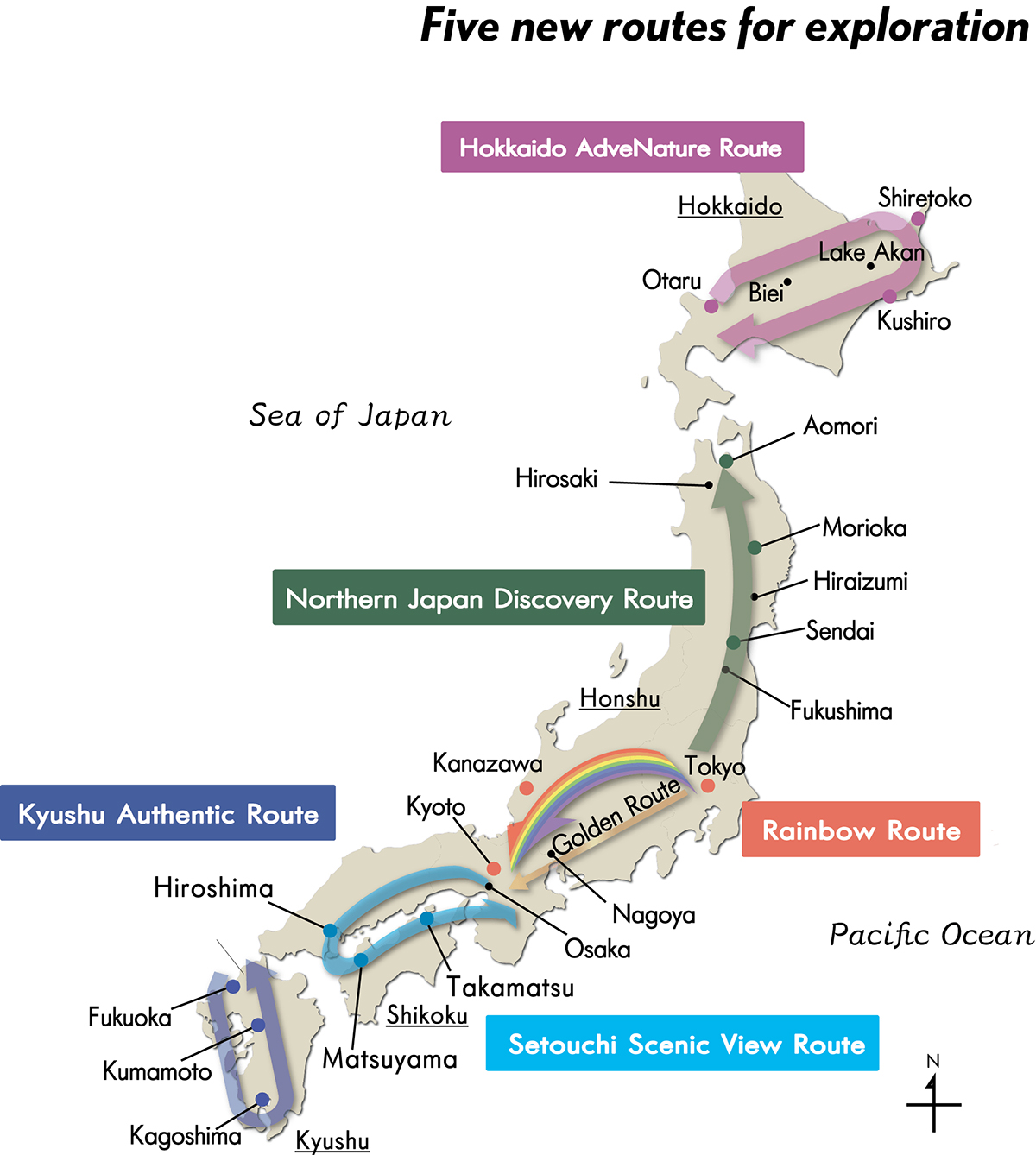
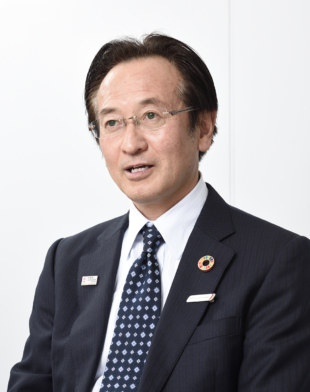
All the tours are designed based on theme “New Journeys, New Discoveries — Inspiring Experiences to Last a Lifetime,” JTBGMT President and CEO Tsuneo Ishida said in a recent interview with The Japan Times.
“The new concept expresses our wish that everyone who comes to Japan, including those who are paying a once-in-a-lifetime visit, … feels our culture and history through what they experience and fall in love with the country.”
Sunrise Tours’ new routes now extend to various parts of Japan, offering visitors opportunities to find something new and exciting about the country.
Away from the crowds
The web of new routes and tours will help reach places that have not been easily accessible to foreigners, who have tired of visiting only the famous spots where everyone already goes.
“This helps change the flows of people and disperse tourists to diverse destinations, revitalizing rural areas and addressing overtourism at the same time,” Ishida said.
Tomo Kurebayashi, manager of the Experience Design Section of the Experience Supply Division, said this would benefit tourists and residents alike.
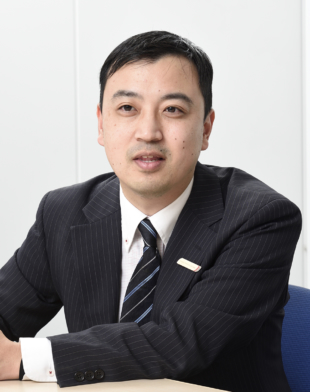
“To that end, we encourage tourists to refer to the routes and tours we developed even if they don’t intend to purchase our packages. That will give them broader choices of destinations and inspirations for their own travel itineraries, and enhance the recognition of rural areas in Japan.”
Offering a bit of travel advice, Ishida pointed out that not all flights have resumed in rural airports since the pandemic. This is creating higher concentrations of tourists in major cities, such as Tokyo and Osaka, where many direct international flights arrive and depart.
“We are making efforts at promoting the charms of various regions in Japan in collaboration with various stakeholders, including regional DMCs (destination management companies.) I hope that this effort will bear fruit in a long run, creating new interactions between tourists and communities,” Ishida said.
Kurebayashi agreed, explaining that engagement is indispensable in creating travel products that can provide authentic experiences.
“We aim to bring about new inflows of people to areas that are still mostly unknown to inbound tourists,” he said.
Helping disaster-hit areas
Kurebayashi explained that the Rainbow Route for round-trip tours from Tokyo to Kyoto via Kanazawa was planned ahead of the opening of the Hokuriku bullet train extension from Kanazawa Station in Ishikawa Prefecture to Tsuruga Station in Fukui Prefecture on March 16.
Despite the severe earthquake that hit the Hokuriku Region on New Year’s Day, crippling the Noto Peninsula in Ishikawa Prefecture and damaging Fukui, Toyama and Niigata prefectures as well — the schedule for opening the shinkansen extension remains unchanged, giving the shaken region hope. Heavily damaged areas of Hokuriku will require extensive restoration efforts. But at the same time, places that were less affected are also in need of support as they struggle to get back on their feet.
“Not only JTBGMT, but also the entire JTB Group are aiming to support the economic revitalization of the region from the perspective of tourism,” Ishida said. “In our corporate mission (statement), we state: ‘We aspire to introduce the allure of Japan to the world by creating a multitude of valuable and meaningful experiences. While doing business, we also strive to support global communication and the realization of a peaceful, eco-friendly society.’ In line with the mission, we will continue disseminating the charms of the Hokuriku region and building a bridge between the communities and inbound tourists.”
The sightseeing tour in Kanazawa, developed in cooperation with the Ishikawa Prefectural Government, incorporates elements of the U.N. sustainable development goals. The guides’ explanations about Kanazawa’s efforts and initiatives related to the SDGs will help visitors deepen their understanding of the town and its culture, which the historic city has carefully preserved.
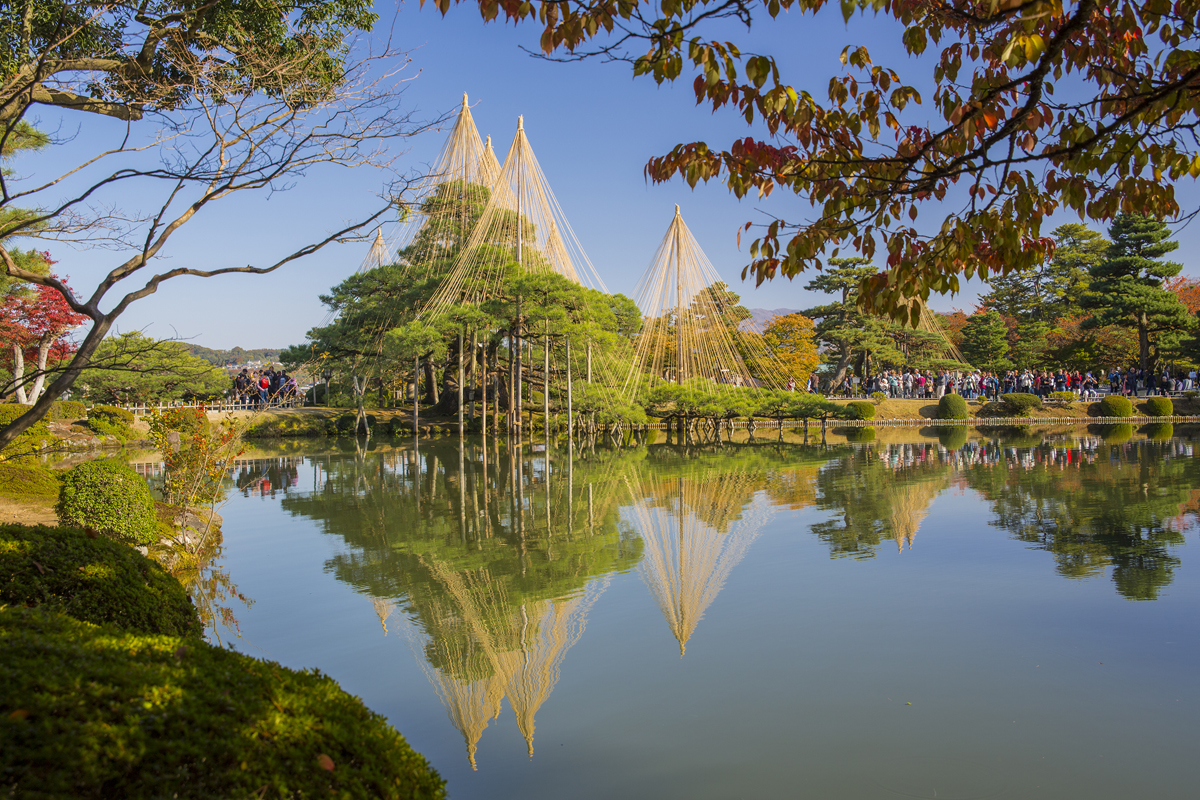
Heading west and north
The Setouchi Scenic View Route starts and ends at Kyoto, with visits to the scenic destinations of Hiroshima and Miyajima (both in Hiroshima Prefecture), the Shimanami Kaido expressway linking Honshu with Shikoku, the art island of Naoshima, and the Shikoku cities of Matsuyama in Ehime Prefecture and Takamatsu in Kagawa Prefecture.
This area is becoming internationally popular. The islands of the Setouchi Inland Sea came in seventh on a list of 52 places to visit in 2019 by The New York Times. However, it is quite troublesome for a non-Japanese-speaking individual to make reservations or buy tickets in this area compared with more urban destinations. This new route and the tours planned along it provide both convenience and the scenic beauty of tiny green islands that not many other places can offer.
“While a walk in the old hot spring town of Dogo Onsen and visits to some of the temples of Shikoku’s 88 sacred places to experience for the henro (Buddhist pilgrimage) help visitors learn the tradition and culture of the region, many elements of nature can also be found on this route,” Kurebayashi said.
On one of the tours, tourists can enjoy riding bicycles along the 70-kilometer Shimanami Kaido cycling route that connects Onomichi in Hiroshima with Imabari in Ehime, and indulge in the magnificent scenery along its majestic bridges. This is part of the adventure tourism the company is promoting.
A cycling tour is also included in the third route, the Kyushu Authentic Route, which connects three major cities in the region — Fukuoka, Kumamoto and Kagoshima. Other tours on this route contain diverse cultural and gastronomic experiences, including a cruise in Fukuoka’s Nakasu area and a visit to yatai (food stalls) to enjoy the local street cuisine.
Two of the new routes feature the traditional culture of Tohoku and the nature of Hokkaido, Kurebayashi said. Ishida explained that the five new routes are considered “mother routes” from which “child courses” will branch off. These will bring visitors not only to famous tourist spots, but also to places that are very local, facilitating immersive and hands-on experiences.
There are also “countryside stays” that offer agricultural activities and traditional craft experiences while staying at traditional Japanese houses. For example, the Hiraizumi History and Resort Stay in Iwate Prefecture allows guests to sleep at a renovated 150-year-old house in the historic town of Hiraizumi, which is designated as a World Heritage Site. Guests can also enjoy paper lantern decoration activities.
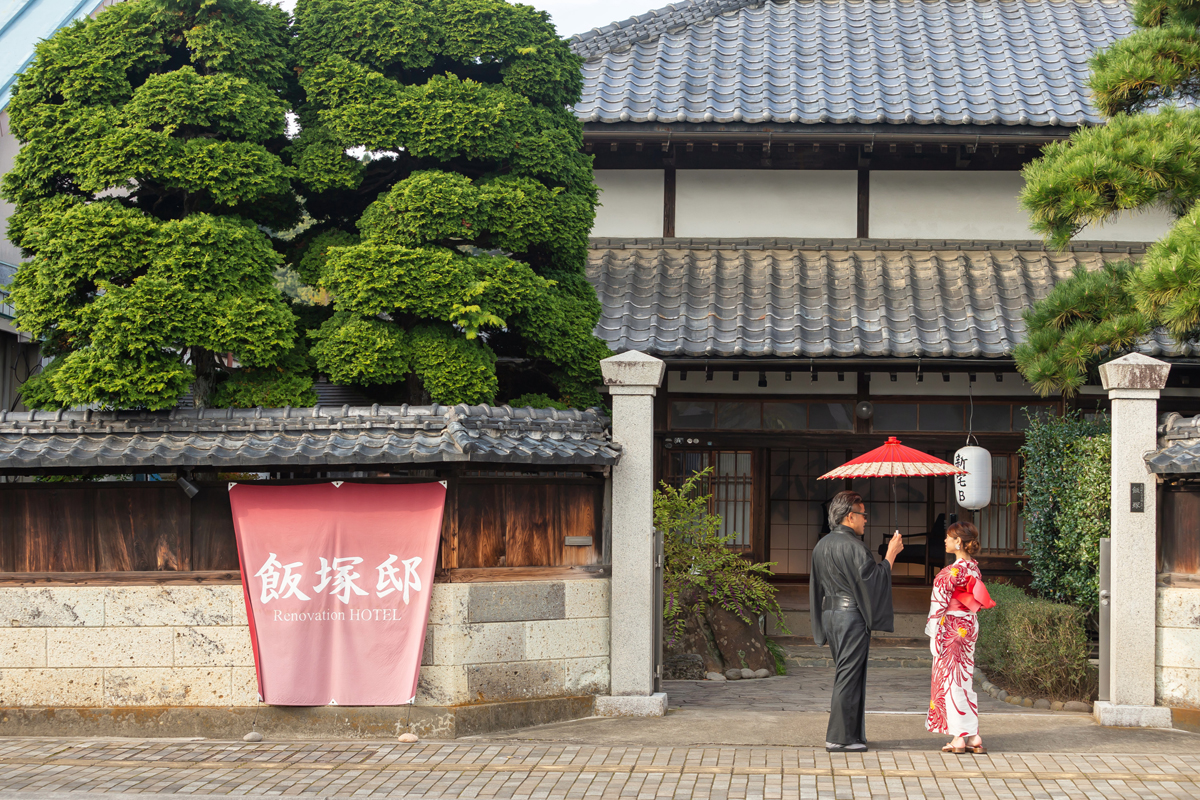
Tourism’s future in Japan
Making tourism sustainable in all aspects by trying to mitigate overtourism, benefit local communities, encourage environmentally conscious visits and enhance cross-cultural understanding is necessary for the continued development of the industry.
“In that sense, tourism has connections with all 17 sustainable development goals,” Kurebayashi said. To clarify how their tours can contribute to the achievement of SDGs, the company created three categories — Environmentally Friendly, Cross-Cultural Understanding and Social Contribution, and classified all of its nearly 300 tours into these categories.
The Environmentally Friendly category includes carbon-reduction tours in which part of the booking charges is spent to support renewable energy organizations to set off the amount of carbon dioxide emitted during the tours.
Countryside stays and other tours that focus on learning about regional culture, nature and history are categorized under Cross-Cultural Understanding.
Tours in the Social Contribution category offer opportunities to contribute to the revitalization of rural economies through various gastronomic experiences focusing on locally grown products and donations to social projects run by municipalities and other organizations.
“Our customers can contribute to society in various ways by participating in our tours, all of which have elements of the SDGs,” Kurebayashi said.
Sunrise also plays a video about “responsible travelers” that shows nine actions clients are recommended to take, such as being considerate to residents, avoiding the use of disposable plastic bags and bottles, and not leaving any trash behind. Kurebayashi said that it is important to share the same awareness with customers and ask for their support in keeping the destinations as beautiful and attractive as they are now for generations.
“We also owe a lot to the support we have received from our customers as well as our distributors and partners for having been able to sustain ourselves for 60 years,” Ishida said.
The Japan Tourist Bureau was founded 112 years ago to promote and facilitate tourism to Japan. Today, JTBGMT continues that mission with pride as a specialist in inbound tourism. “Our group was the first company in Japan that created tour packages for foreign visitors,” Ishida said.
1964, when Sunrise Tours was born, was a significant year when the shinkansen was launched and the Olympic Games were first held in Tokyo. The first tour it launched, dubbed “Golden Route,” connected Tokyo with Hakone, Mount Fuji, Nagoya, Kyoto, Osaka and Nara.
In the past 60 years, the Golden Route has become Japan’s most popular course among foreign visitors.
“With the five new routes we are introducing in commemoration of our milestone year, we hope to bring about more exciting encounters and discoveries for both tourists and communities,” Ishida said.
This page is sponsored by JTB Global Marketing & Travel Inc.
https://www.sunrise-tours.jp/en/?afc=JT0314
Download the PDF of this special




